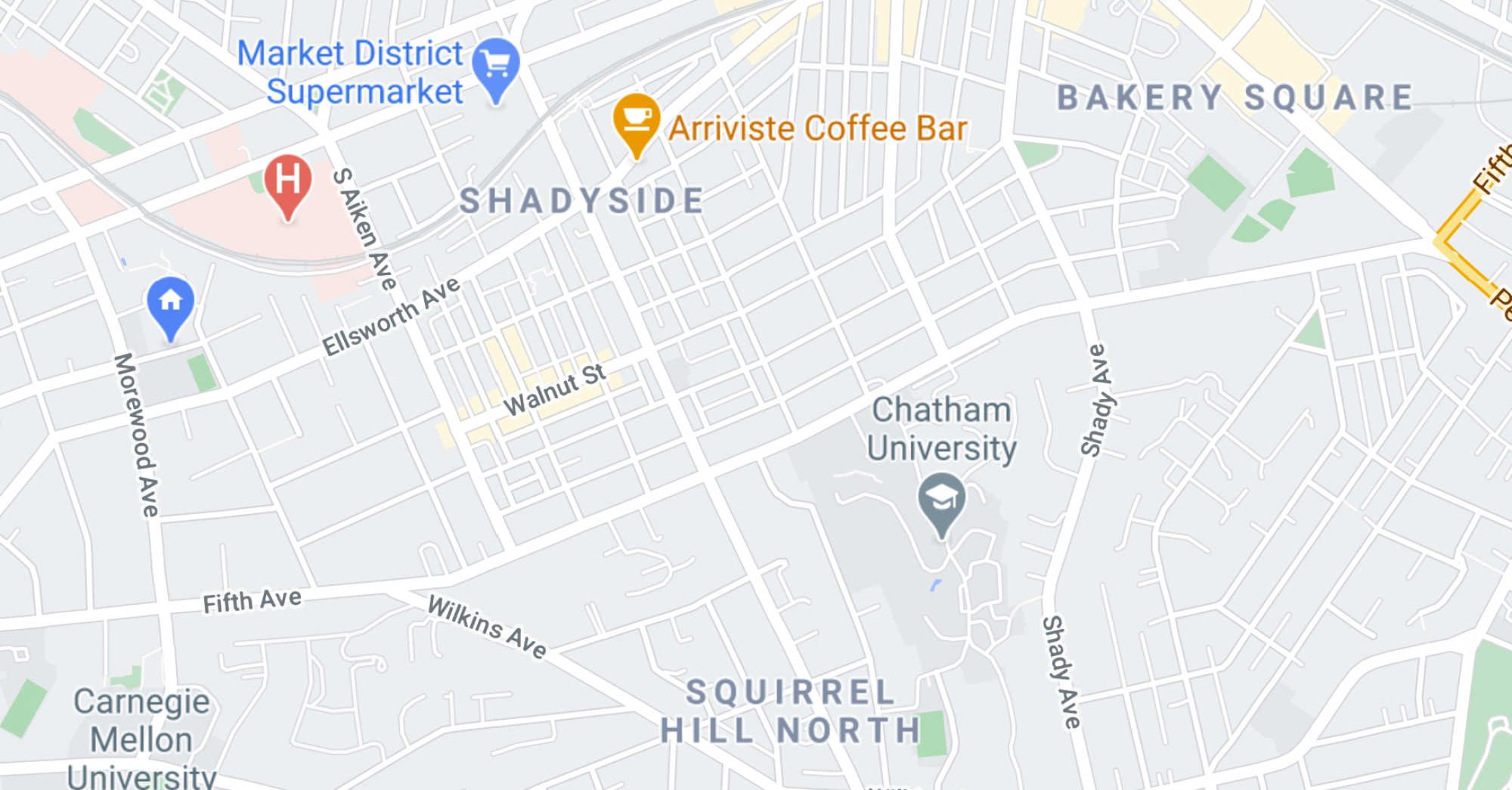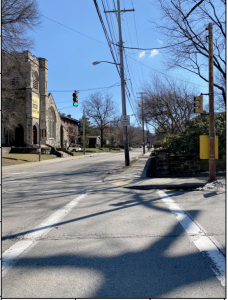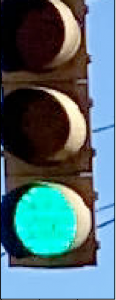Completed this week:
- Did more real time testing
- Focused on debugging why it wouldn’t recognize the color
- Went through the pictures taken and tried to see what was being identified/cropped
- Traffic light is being recognized and cropped but the color isn’t being detected in some cases
- Helped assemble the Raspberry Pi and the camera to the belt
- Used sticky glue/velcro to get it to stick
- Tested out the fit
For Next Week:
- Prepare for the final presentation!
- Film the video
- Work on the poster




